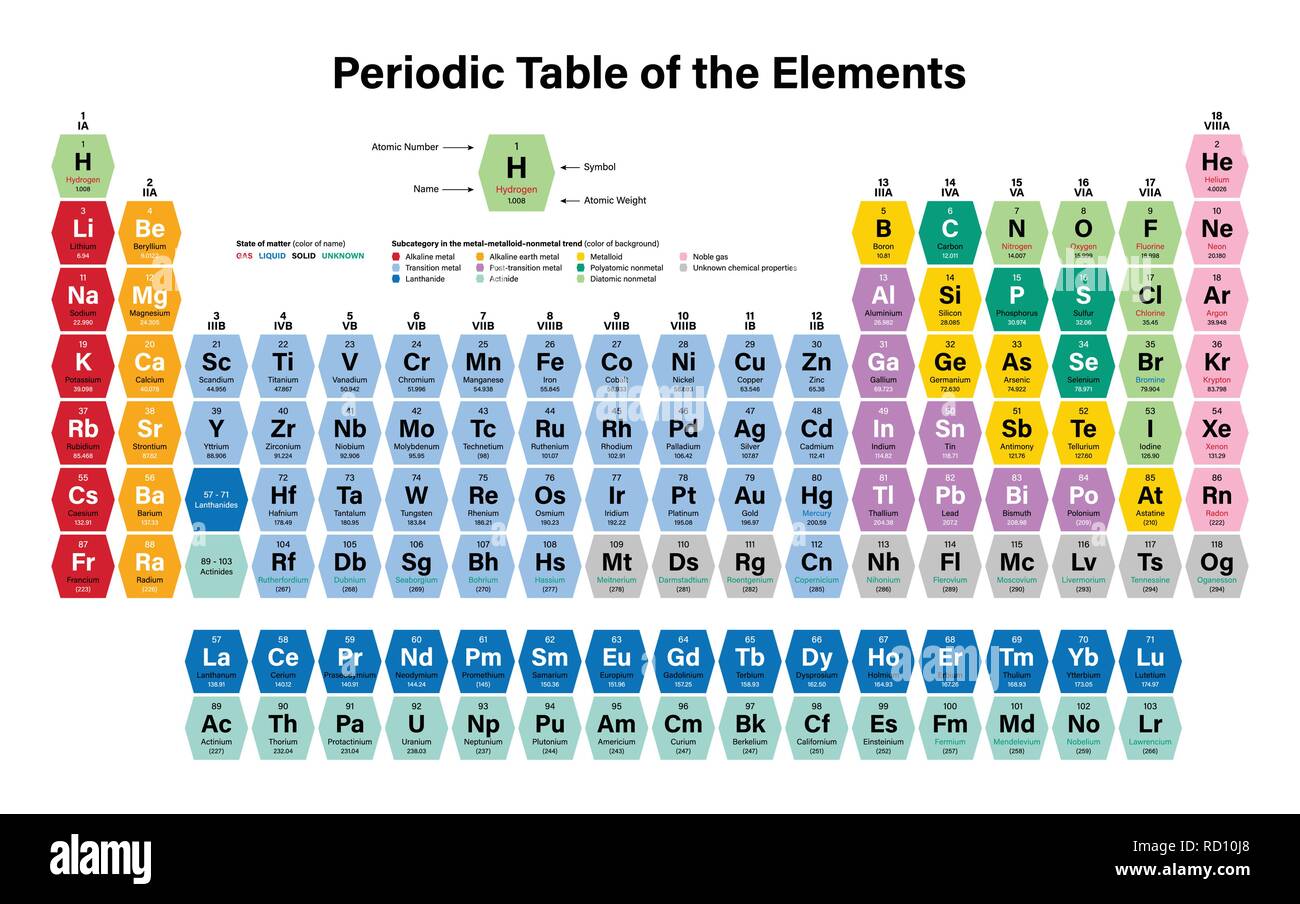

Finally, he allowed for no period longer than eight. Also, he put two elements into the same position several times. In his early tables, he left gaps for missing elements, but his final table of 1865 left no gaps whatsoever. His tables, done in 18, followed what he called the "Law of Octaves." This meant that, when ordered by atomic weights, every eighth element showed similar chemical properties. John Alexander Reina Newlands, working after the reform of atomic weights in 1860, was the first to proclaim a pattern for ALL elements. He published five triads as well as several "incomplete" triads. Starting in 1816, but not fully developed unil nearly 1830, Johann Wolfgang Döbereiner was the first person to emphasize chemical similarities, pointing out "triads" of elements like lithium, sodium and potassium as well as chlorine, bromine and iodine. There was an explosion of element discovery starting around 1800, with 27 more elements being discovered by the 1840s. Phosphorus was discovered about 1665 and from then, up to 1800, 20 more elements were discovered. Ten elements were known from pre-historical times.

Some issues were not be fully resolved until 1860, when wide-spread agreement about atomic weight values in the chemistry community started to come together. Various authoritative chemists of the time prepared competing tables of atomic weights with many values the same, but a significant number of differences. There was much discussion and controvery over the next several decades concerning atomic weights. The first tables of relative atomic weights were prepared by John Dalton about 1803. It was Epicurus, slightly more than 100 years later, who added weight as a property of atoms. Leucippus and Democritus (about 440 BC) are credited with the origin of the atom concept. Both possibilities had been advanced, with some proposals demanding three elements between H and He. Moseley showed that the correct ordering of the periodic table is on the basis of the atomic number (the number of positive charges in the nucleus).Īs an aside, he also showed that there are no elements lighter than hydrogen (atomic number = 1) and that there is no possibility for elements between hydrogen and helium (atomic number = 2). Before Moseley, periodic tables were created on the basis of increasing atomic weight (with two exceptions). Had the European War had no other result than the snuffing out of this young life, that alone would make it one of the most hideous and most irreparable crimes in history."Ī brief summary of atomic weights and periodic properties is in order.
#Periodic table of elements atomic weight windows
"In a research which is destined to rank as one of the dozen most brilliant in conception, skillful in execution, and illuminating in results in the history of science, a young man twenty-six years old threw open the windows through which we can glimpse the sub-atomic world with a definiteness and certainity never dreamed of before. That work, completed in a six-month span during 19 and published in the last two papers of his life was a tour de force of scientific accomplishment. However, as long as our civilization stands, he will be remembered as the man who numbered the elements. Henry Gwyn Jeffreys Moseley was born on Novemand would die in battle on August 10, 1915, before he turned 28. Leading up to Moseley - Atomic Weights and Periodic Properties Thread 2 - Research on X-Rays before Moseley Thread 1 - Atomic Weight and Periodic Properties


 0 kommentar(er)
0 kommentar(er)
